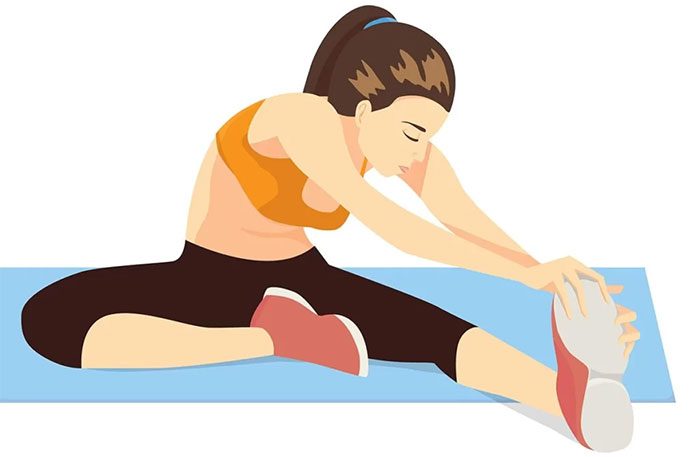To understand the benefits of stretching, we need to know what actually happens in our bodies when we stretch.
There are two types of stretching: dynamic stretching and static stretching.
- Dynamic stretching involves continuous movement to stretch the muscles of the body.
- Static stretching requires the practitioner to hold a stretch in a position for about 20-45 seconds.

You need to stretch regularly.
We often think of stretching muscles as similar to stretching a rubber band. However, rubber has elastic properties, meaning it resists stretching and then returns to its original shape.
Muscles, on the other hand, have viscoelastic properties. This means that, in addition to their elastic characteristics, muscles change under the stress of being stretched.
Stretching the muscles also elongates the protective layers of tissue surrounding the muscle fibers, as well as the tendons connecting these muscles to nearby bones. These tissues contain elastic proteins like collagen and elastin, allowing them to stretch slightly during the stretching process. When these tissues are stretched, we can maintain our strength for a longer period, enabling athletes to maximize their range of motion.
However, due to the elastic nature of muscles, this effect will dissipate in just 10 minutes if no further activity is performed.
So, if all of this is only temporary, how can you permanently improve your flexibility? The answer is that you need to stretch regularly, very regularly. Current research suggests that you should stretch for at least 10 minutes each day for about two months.
And since holding a stretch for too long is not safe, you should break up your stretching into any workout session. Regular stretching also leads to long-term changes in your brain, increasing your pain threshold. This also helps improve joint movement, especially in winter, while potentially reducing the risk of muscle injuries in both the short and long term.



















































